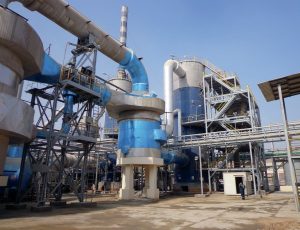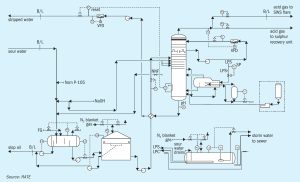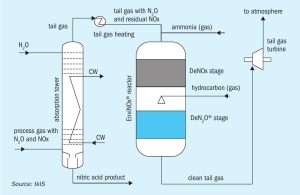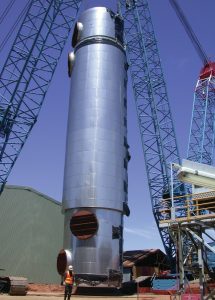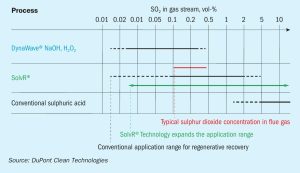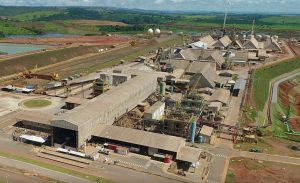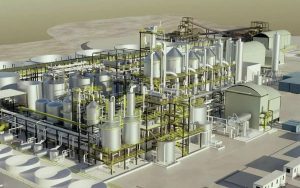
Sulphuric Acid News Roundup
Lithium-boron miner ioneer Ltd has awarded DuPont Clean Technologies a contract for the license, engineering, and supply of proprietary equipment for a planned sulphuric acid plant at the company’s Rhyolite Ridge project in Nevada. DuPont will work with engineering partner SNC-Lavalin on the plant design, using MECS® sulphuric acid technology for the 3,500 t/d sulphur-burning unit, as well as controls that limit emissions to among the lowest in the world for this type of facility. DuPont will also supply its latest generation MECSSuper GEAR® ™ catalyst and other critical proprietary equipment. The contract is conditional on a final investment decision by the ioneer board of directors.

